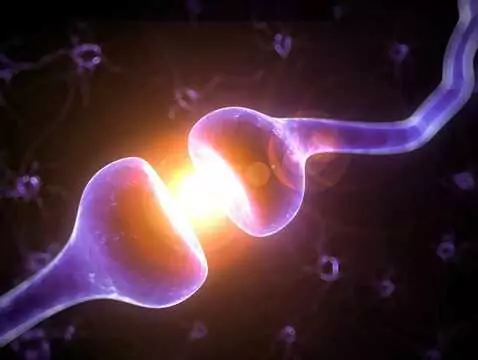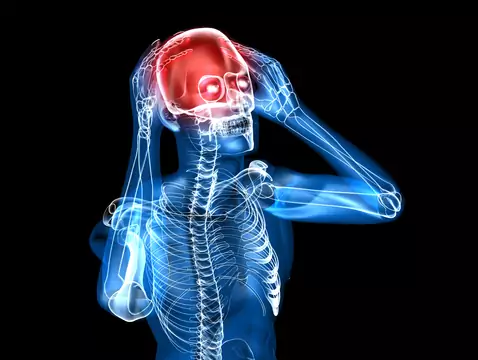A neuralgia is a radiating pain within the innervation site of a specific nerve or its branch.
It is most often paroxysmal, wrenching or astringent in nature. Such pain can be interrupted by the application of an analgesic. Neuropathic pain may have an unknown origin and is then called spontaneous pain, or it may be caused by various diseases, e.g. a tumour or nerve damage.
Trigeminal neuralgia
Trigeminal neuralgia takes the form of brief pain attacks on one side of the face, occasionally it can occur bilaterally. It is particularly commonly reported among patients in the gums. The pain is severe and excruciating and sometimes causes facial contortion and grimacing, making it difficult to speak, drink, eat and perform facial hygiene.
The disease can last from a few weeks to many months or years, with attacks occurring several times a day. Periods of remission can last for a very long time, but unfortunately, as the disease progresses, they become shorter and the pain attacks become more severe.
Thenature of the pain after a prolonged period of the disease may change and turn from sharp to dull and deep. Typically, trigeminal neuralgia is self-limiting and occurs mainly after the age of 60. As a symptomatic pain, it may be associated with multiple sclerosis, aneurysm, tumour, inflammation of the sinuses or periorbital inflammation. Its cause can also be hemiplegia, trauma or collagenosis.

photo: pantherstock
Intermediate nerve neuralgia
Median nerve neuralgia involves a burning pain deep in the ear. The nature of the pain is similar to that of other neuralgia, i.e. paroxysmal. It is often accompanied by other symptoms such as impaired taste perception, lacrimation and salivation. The pain may radiate towards the neck or face. A distinction is made between a spontaneous form of pain or a symptomatic form, which is most often caused by hemiplegia.









